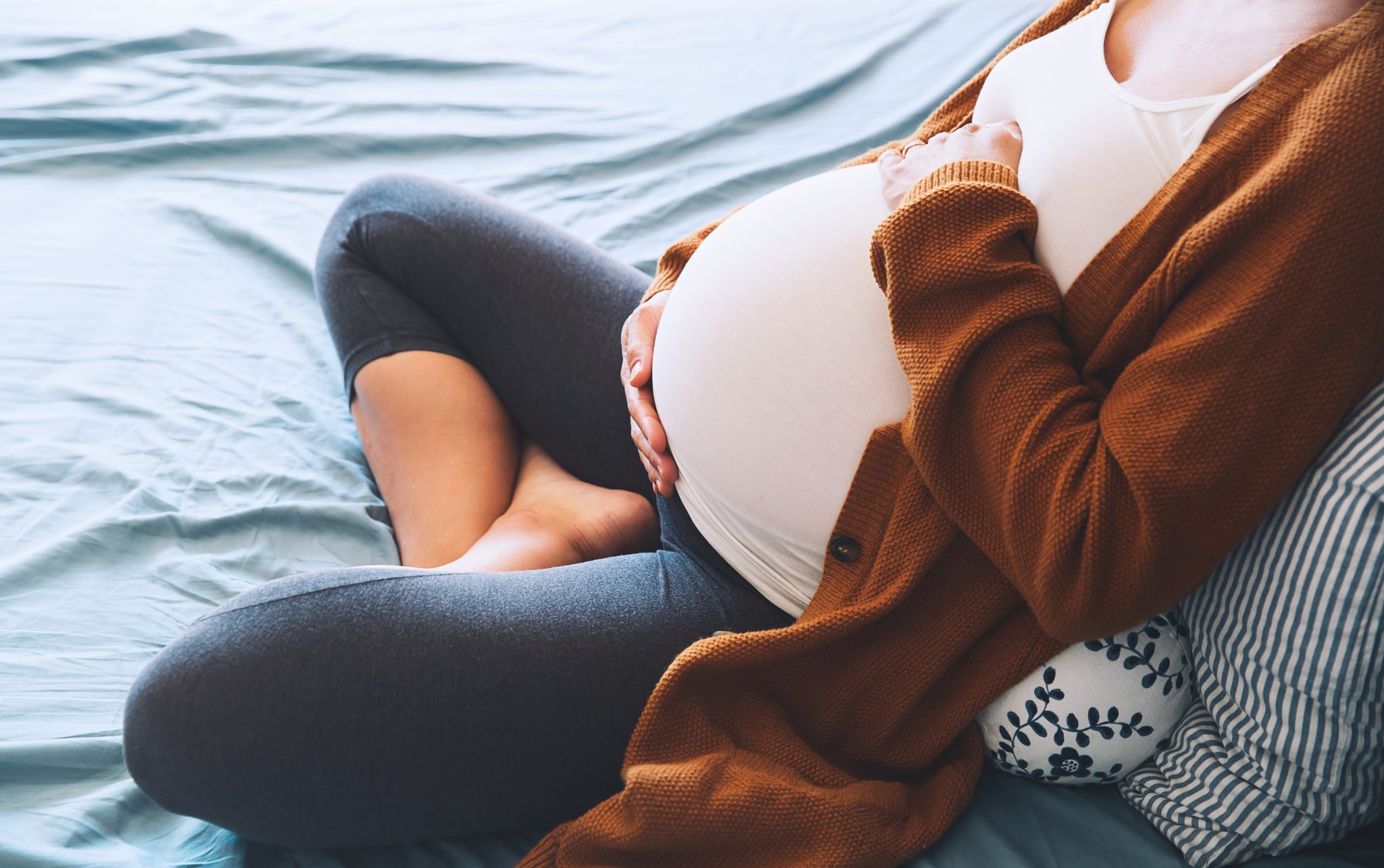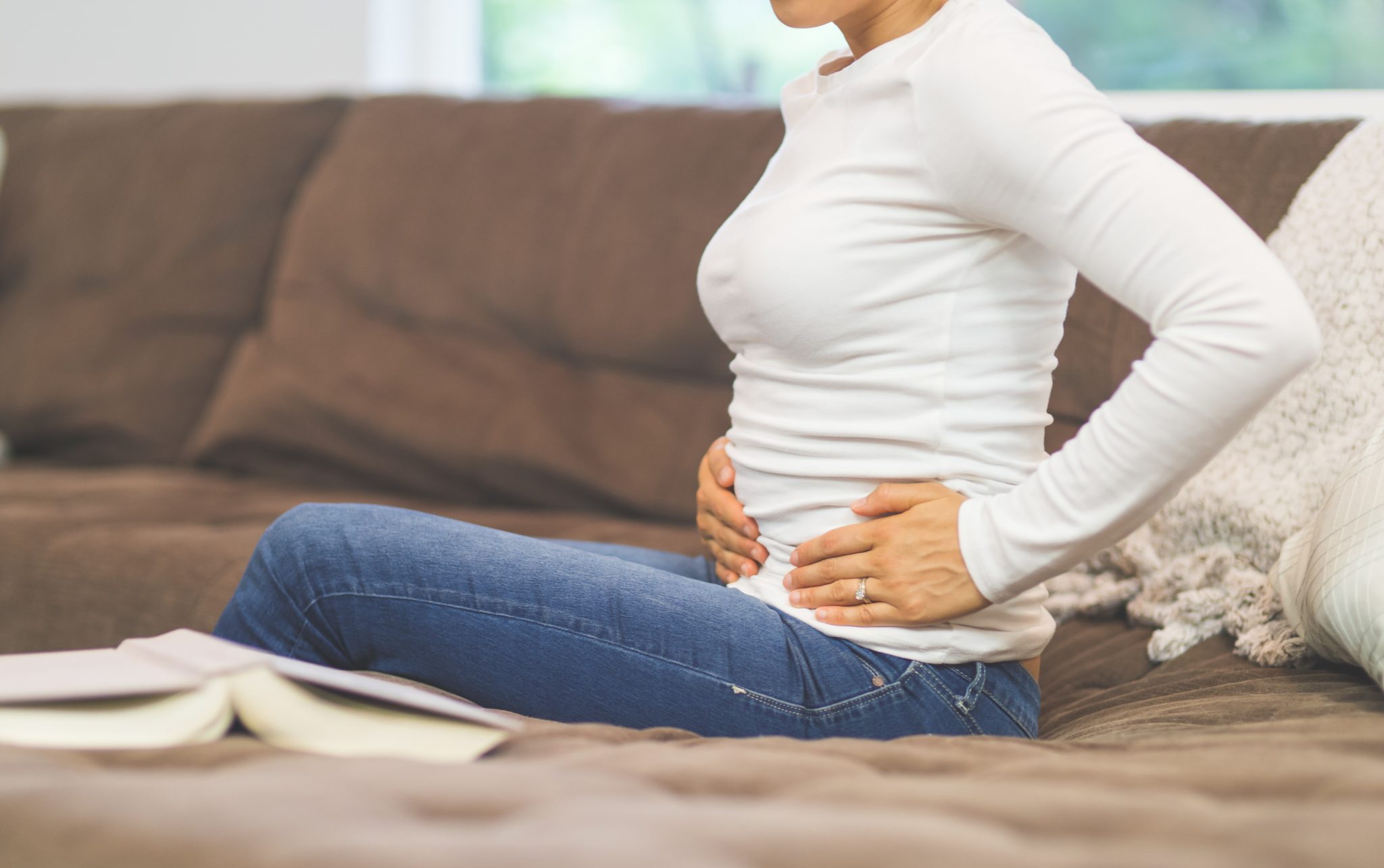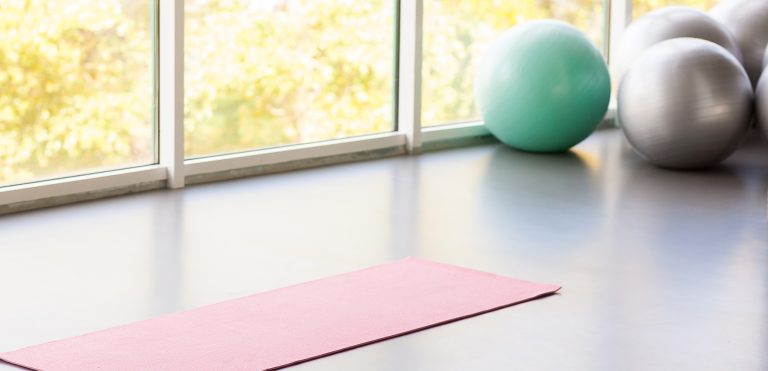During pregnancy, your body goes through lots of miraculous changes to accommodate that little life growing inside of you; some desirable like going up a bra size or two, and some not so much. Say hello to postpartum hip pain.
It may be painful, but it doesn’t have to be, let’s discover the causes behind those awful aches and what you can do about them.
Medical warning! A little pain after pregnancy is normal, but a lot, especially if it is accompanied by other factors such as a lot of blood loss, a temperature, or infection, is not and may indicate a more serious underlying problem. In this case, you should get in touch with your health care provider immediately.
What exactly is postpartum pelvic bone pain?
While we’re pregnant, we’re all counting down to day X, that amazing moment when you get to see your little angel in real life, not just on that fuzzy black and white screen. It’s truly something magical.
After those 40 weeks of it being all about your body, now it’s time to put those concerns aside and trade them for the sleepless night, burps, and cuddles, right? Well, not quite.
If you thought all that fun stopped once your little bundle of joy made it into the world, you need to think again. Postpartum after care is a huge issue, with severe pelvic pain after pregnancy affecting 25%+ of new moms, and with another 25% experiencing pelvic girdle pain after pregnancy. Ouch!
Not sure if it’s pelvic pain? Perhaps you’ve noticed these symptoms:
• A shooting pain down your leg
• A clicking in the pelvic area
• An ache in your public bone
• Lower back ache
• A pain around your bum.
Three reasons you may be having pelvic pain
Right now, you’re probably wondering the exact reasons that this happens and what you can do about it. So, let’s start by answering the why:
1. Pelvic girdle pain
During pregnancy you may feel a pain around your pelvis area, this is a commonly-known condition called pelvic girdle pain (PGP), and is caused when the limber ligaments in your pelvis are stiff or don’t adjust quite like they’re supposed to––stretching just enough to allow the baby to make its way out into the world.
In the last month of pregnancy, you may notice an increased pressure in the area, this is your baby’s head moving downwards, and whether you give birth naturally or via a c-section, it can cause increased pain in your pelvic region.
2. Abdominal separation
During pregnancy, many women––around 50% in fact––experience what is known as abdominal separation. A painful process wherein the abdominal muscles separate to allow your wonder-bundle to continue growing.
Despite creating a comfortable environment for your little one, it does add extra pressure to your pelvic floor, creating all-around discomfort for mom that can last even after birth as muscles slowly come back together.
3. Sciatic nerve pain
That increased pressure in your lower back from carrying around a mini-human could put you at risk of developing sciatic pain. As your baby grows, depending on its positioning, the increased size of the uterus could cause it to lie closer to your back irritating the sciatic nerve.
And the three exercises that can help you recover
While that all sounds pretty grim, or at the very least uncomfortable, luckily there is something you can do about it.
1. Gentle yoga
While it’s best if you got some practice in with prenatal yoga, but even if you are a beginner, gentle yoga can help set your body on the path to healing. With the added bonus of a little self-care, me-time for mommy.
Try non-strenuous exercises such as the Supine lower back release by lying on your back and bringing your knees up to your chest and holding them with your arms, while pushing your shoulders downward toward the mat.
2. Hip raises
Perfect for increasing the strength of the back muscles that surround your sciatic nerve and reducing hip pain after birth, hip raises are an all-around healthy exercise for your back.
Lie down on your yoga mat with your hand by your side, raise your knee up but keep your feet firmly on the floor. Next, lift your hips upwards and hold for 5-10 seconds, release and repeat. You may experience an immediate release of built-up tension, but for the best effect, you’ll need to repeat every day.
3. Sitting toe touches
Perfect for releasing the tension and pains that build up in your lower back and pelvic area, these sitting toe touches help free any stressed nerves that may be causing you pain.
First sit close to the edge of your bed, or chair, with your legs spread apart. Raising your arms above your head, lean forward towards the floor and stretch as far as you can. Hold that pose for a couple of seconds, then release.
Remember that no matter which exercises you do, breathing is important. So, as you exercise, draw in deep, oxygen-giving breaths and exhale slowly to help you keep pace and nourish your body.
What if that doesn’t work?
Sometimes it takes a little time to heal, so don’t give up, that said if you find yourself popping one too many ibuprofen or paracetamol just to get through the day, it might be time to engage some extra help. Consult with your doctor, and consider seeing a chiropractor to help set your body back on the right path.





